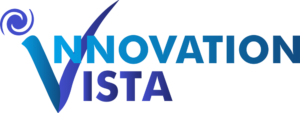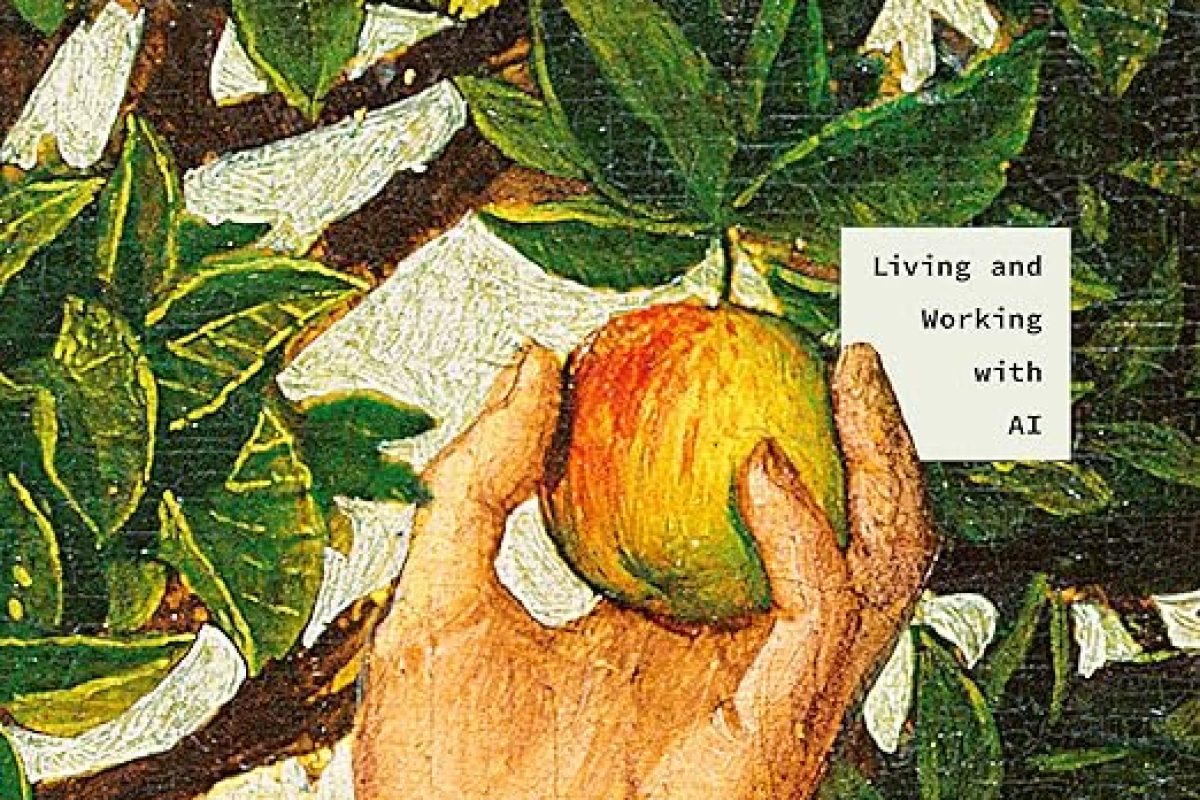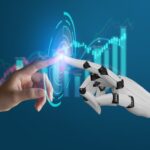“Co-Intelligence: Living and Working with AI,” by Ethan Mollick, is the kind of book that makes you rethink what it means to be human in a world shaped by artificial intelligence. At a time when many people are worried that robots will take our jobs or that algorithms will lock us into never-ending loops of cat videos and partisan news feeds, Mollick argues that we should look beyond the headlines. Instead of fearing AI or treating it as a distant abstraction, he suggests a more balanced approach—one that sees artificial intelligence as a partner and collaborator, not just a tool or a threat.
From the start, Mollick sets an encouraging, conversational tone. He doesn’t bog readers down with impenetrable technical jargon or mind-bending code. Instead, he frames AI as something that’s already woven into our daily lives—whether we’re asking a virtual assistant for the fastest route to work or receiving AI-driven recommendations for the next movie to stream. Where some experts only focus on the gee-whiz factor of cutting-edge tech, Mollick dives deeper, asking how we can use these innovations to unlock human potential rather than curb it.
What makes “Co-Intelligence” stand out is its emphasis on the interplay between people and machines. Mollick isn’t starry-eyed about AI; he recognizes the pitfalls and the biases baked into certain systems. At the same time, he’s not interested in fanning the flames of panic. Instead, he offers a roadmap for working alongside AI in a way that amplifies what we’re good at—our creativity, empathy, and adaptability—while letting machines handle the repetitive and data-heavy tasks that can bog us down.
Mollick peppers the book with real-world examples and anecdotes that ground his arguments in everyday experience. He points out that we’ve always adapted to new tools, whether it was the printing press or the internet. AI, in his view, is just the next wave of change. The question isn’t whether it will happen, but how we’ll respond. Can we design AI-driven systems that help teachers tailor lessons to students’ unique needs, freeing up time for more one-on-one guidance? Can doctors use machine learning to sift through mountains of patient data, flagging patterns that might otherwise remain invisible, all while maintaining the human touch patients crave?
In exploring these questions, Mollick also tackles some of the trickier topics surrounding AI, like bias and accountability. He’s clear-eyed about the flaws in today’s AI systems: the ways they can reflect and even amplify existing inequalities, or how their “black box” decision-making can leave us scratching our heads. But he doesn’t leave readers stuck in despair. Instead, he encourages more transparency, better oversight, and diverse teams that can reduce the unintended consequences of automated decisions. With the right checks and balances, he says, we can harness AI’s power without losing sight of our own values.
One of the book’s strengths is that it doesn’t just speak to tech insiders or policymakers. Mollick is writing for anyone who’s curious about how to thrive in an AI-driven world. His advice is practical and hopeful: learn the basics of how AI works, stay engaged in public discussions about its governance, and think about how you can integrate AI tools into your personal or professional life to complement your own strengths. The book reads like a thoughtful conversation with a future-focused mentor—someone who can see the big picture and wants to help you navigate it.
If “Co-Intelligence” has one shortcoming, it’s that it sometimes skims over the moral quandaries that more extreme AI scenarios might pose, like the rise of fully autonomous weapons or AI’s potential influence on global power structures. But to be fair, Mollick is aiming for a balanced, empowering approach rather than an apocalyptic one.
“Co-Intelligence: Living and Working with AI” succeeds in making the world of AI feel less intimidating and more like an arena where humans can shine even brighter. Mollick reminds us that we’re not just passengers on this journey; we’re co-pilots, shaping how AI will fit into our lives for years to come.




